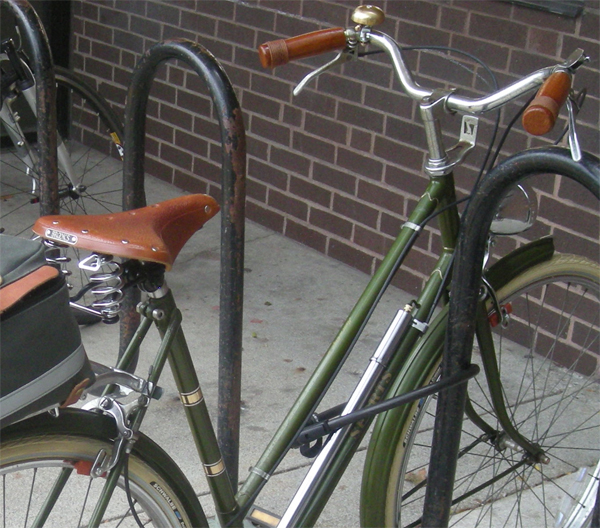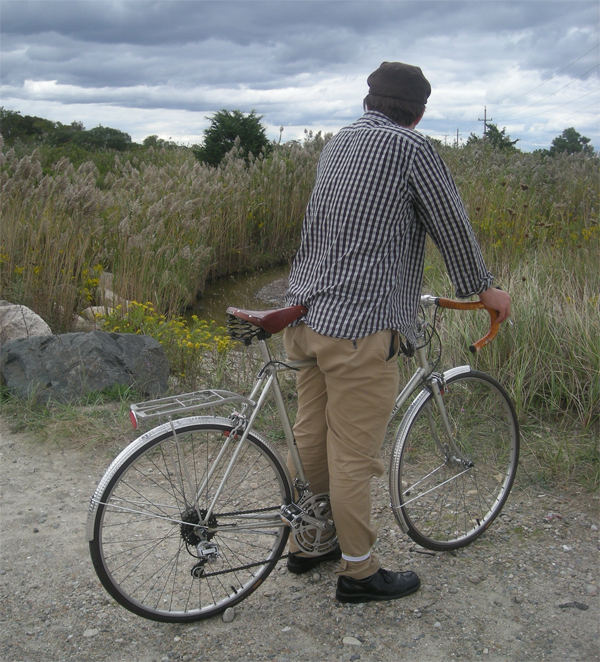 Our cruise was aboard the little boat on the left, which is owned by Steve and Winona Weber. Steve is also the Captain of the boat and he promised us it was going to be a great day – especially since it was his birthday!
Our cruise was aboard the little boat on the left, which is owned by Steve and Winona Weber. Steve is also the Captain of the boat and he promised us it was going to be a great day – especially since it was his birthday!Departure was right on time at eight o'clock. Not quite filled to capacity there were about 40 passengers onboard. As you can see, it was another cloudy-gray day and we all had our fingers crossed just hoping that it would not rain.
Because of the overcast skies, the first portion of the cruise was a little dreary. The clouds generally covered the mountain tops, or rather they hovered over them and everything was rather grayish and dull looking. Some of us would occasionally go outside for a little while but when the boat was moving at full speed it was very cold.
Not quite an hour into the cruise, Captain Steve made a sharp turn to starboard (right) and broadcast over the loudspeaker that whales had been sighted. He went on to say that he usually doesn't stop for whale sightings on the way to the glaciers but that these were too good to pass by.
Everyone was excited. We couldn't see them in front of us yet but could tell that the Captain was excited too. After what seemed like a long time, but in actuality was only about 15 minutes, the boat slowed down. Still in the distance up ahead we could see three whales spouting off. Wondering why he didn't go closer, we were directed to look to the right and there was a pod of seven Humpback whales – and they weren't very far away! We had all been so intent on looking at what was ahead of us that no one had seen the second group of whales.
They were amazing. After about ten minutes they disappeared beneath the surface of the water. When they resurfaced, Steve moved closer towards them. The first group of three that we had seen had moved south while these seven were going north. Then we saw another group of three coming towards us. Several times the whales went beneath the surface and each time Steve went after them. At one time the whales were quite close to the boat. It was so much fun watching them. It was incredible. None of the whales breached – jumped up out of the water – but they were so cool to watch. Everyone was on the outside decks, moving around, trying to get the best shot. You could feel the excitement.
 Three in a row.
Three in a row. Going down.
Going down. They were so close together! One spouting and another going down.
They were so close together! One spouting and another going down. They were coming right towards us! But they turned before they got closer.
They were coming right towards us! But they turned before they got closer. Three of them together.
Three of them together.  A few more tail flips...
A few more tail flips...
 Then there were at least four of them together!
Then there were at least four of them together! Huge and amazing!
Huge and amazing! And then they were gone... Awesome!
And then they were gone... Awesome!We spent about half an hour with the whales and when they came up the last time they were way, way off in the distance. Steve turned the boat around and we resumed our journey to the glaciers. It was one of those “WOW” moments (many times over). Talking with several other passengers, one of them made the comment that nothing could top that! But he was to be proven wrong...
 Photo by Steve Machuga.
Photo by Steve Machuga.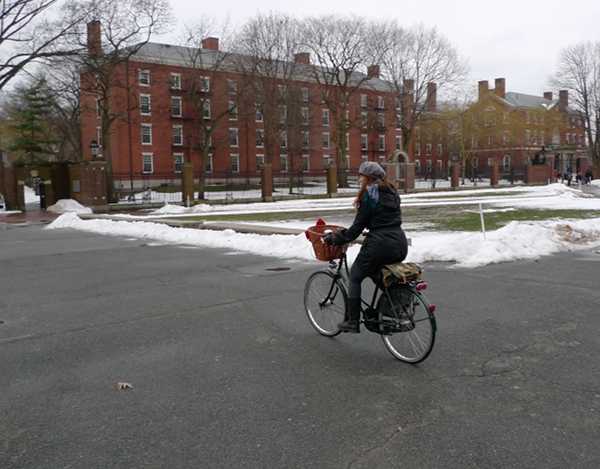 For the past month I had been favouring my vintage Raleigh and not riding the Pashley as much. When I finally did take out the Pashley last week, I noticed that it felt more sluggish than I remembered. I thought this was strange, but chalked it up to my having gotten out of shape and the vintage Raleigh being easier to ride. But the sluggish feeling kept growing worse, and neither of us could figure it out. Until finally, cycling behind me, the Co-Habitant realised what was wrong: My tires were nearly flat! There were no punctures; they were just low on pressure and neither of us had noticed.
For the past month I had been favouring my vintage Raleigh and not riding the Pashley as much. When I finally did take out the Pashley last week, I noticed that it felt more sluggish than I remembered. I thought this was strange, but chalked it up to my having gotten out of shape and the vintage Raleigh being easier to ride. But the sluggish feeling kept growing worse, and neither of us could figure it out. Until finally, cycling behind me, the Co-Habitant realised what was wrong: My tires were nearly flat! There were no punctures; they were just low on pressure and neither of us had noticed. I know it's absurd to overlook such an obvious thing as tire pressure; it is the equivalent of wondering why your computer is not working only to realise that it is not plugged into the wall. We do
I know it's absurd to overlook such an obvious thing as tire pressure; it is the equivalent of wondering why your computer is not working only to realise that it is not plugged into the wall. We do 





 First things first. Attention everyone. There was a wicked layer of surface hoar that didn't get any sun action today before the clouds started rolling in. It's going to get buried. There are all sorts of facets in the snow in the top 20 cm. What's worrisome is that the surface hoar is growing on a layer of sun crust. Underneath the sun crust is another layer of facets. Check out the snowpit profile.
First things first. Attention everyone. There was a wicked layer of surface hoar that didn't get any sun action today before the clouds started rolling in. It's going to get buried. There are all sorts of facets in the snow in the top 20 cm. What's worrisome is that the surface hoar is growing on a layer of sun crust. Underneath the sun crust is another layer of facets. Check out the snowpit profile. So the rest of the trip to Muir was outstanding. Skiing was 7 out of 10, for the windswept snowfield, anyway. The new snow that is forecast should make the skiing even better.
So the rest of the trip to Muir was outstanding. Skiing was 7 out of 10, for the windswept snowfield, anyway. The new snow that is forecast should make the skiing even better.
 This is it. Finally our snowpack at Paradise is back to normal at 78 inches. The rain from the last warm spell has stopped and we have up to 18 inches of new snow that has consolidated and another 5 inches of pretty light snow on top of it.
This is it. Finally our snowpack at Paradise is back to normal at 78 inches. The rain from the last warm spell has stopped and we have up to 18 inches of new snow that has consolidated and another 5 inches of pretty light snow on top of it.







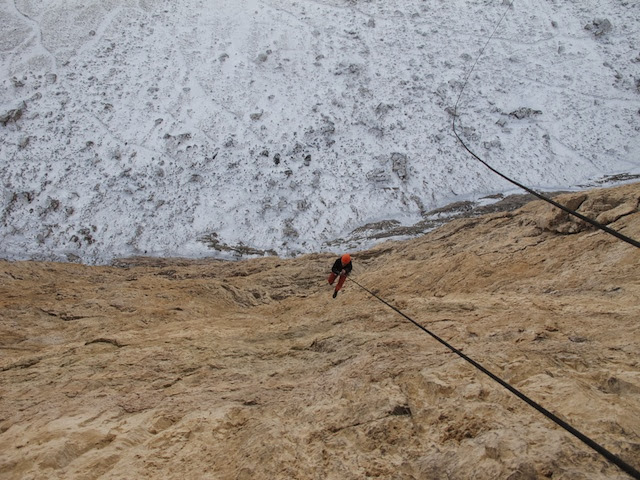





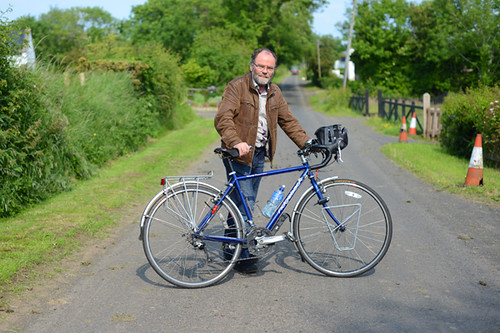

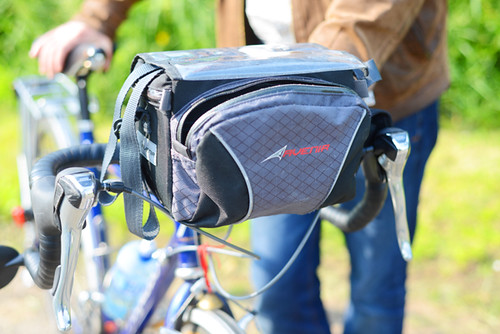





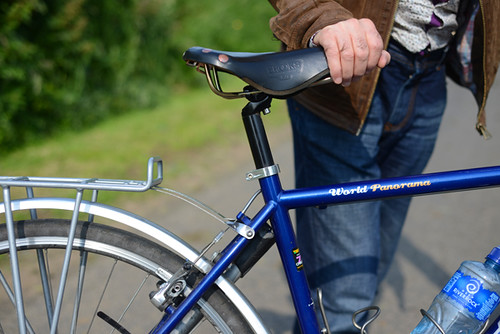
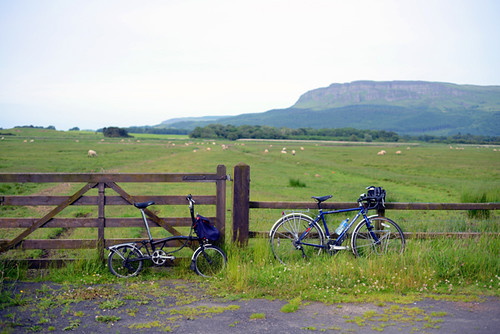
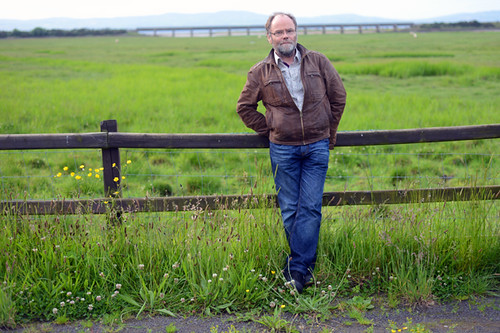
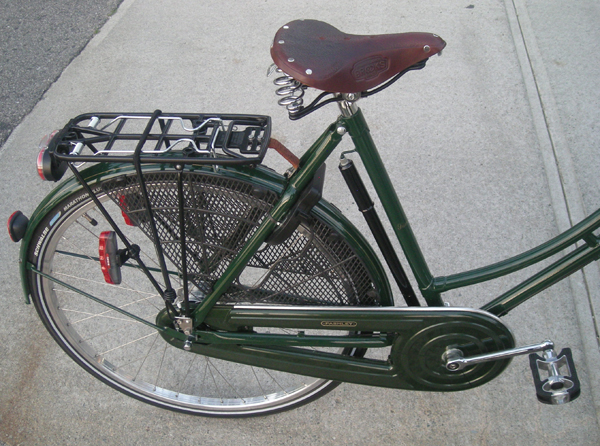 When choosing a Brooks saddle, there are really only two main factors to consider: width and spring. I will try to explain the role of each.
When choosing a Brooks saddle, there are really only two main factors to consider: width and spring. I will try to explain the role of each.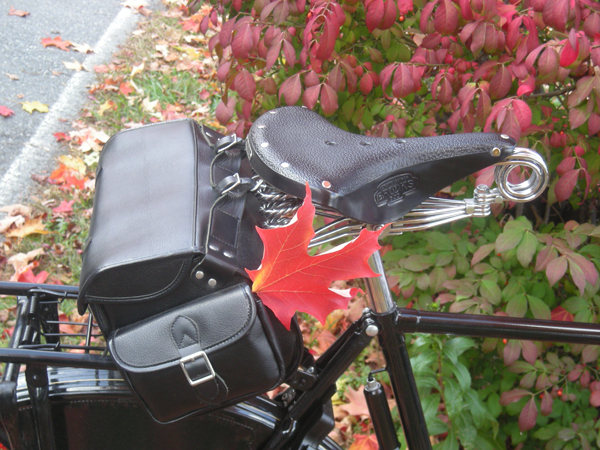 If you are heavier than 200lb and are riding a completely upright bicycle, you may want to consider the B33 or the B190. These are extra heavy-duty saddles and can take even the weightiest of riders on long upright trips.
If you are heavier than 200lb and are riding a completely upright bicycle, you may want to consider the B33 or the B190. These are extra heavy-duty saddles and can take even the weightiest of riders on long upright trips.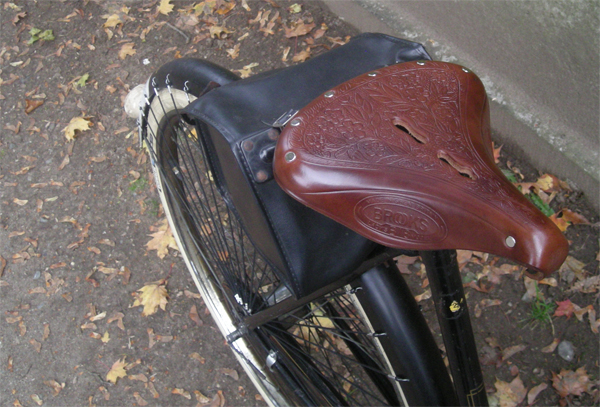 If you are female, love Edwardian design, and have a bicycle with very relaxed geometry, there is also the B18 "Lady". This is a very wide and short saddle, designed to be ridden by women wearing skirts and sitting completely upright on a bicycle with an extremely slack seat tube. See here for a detailed discussion of this saddle.
If you are female, love Edwardian design, and have a bicycle with very relaxed geometry, there is also the B18 "Lady". This is a very wide and short saddle, designed to be ridden by women wearing skirts and sitting completely upright on a bicycle with an extremely slack seat tube. See here for a detailed discussion of this saddle.
